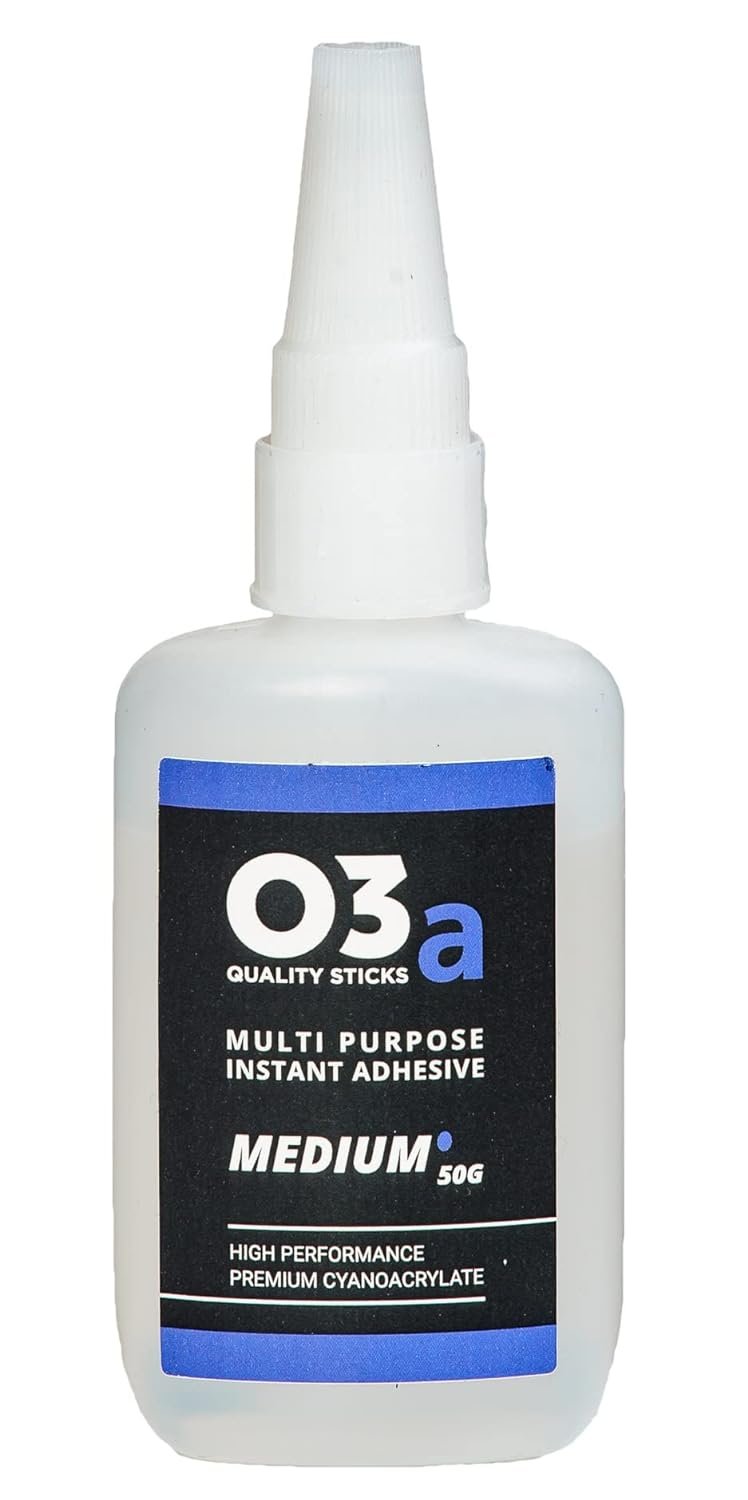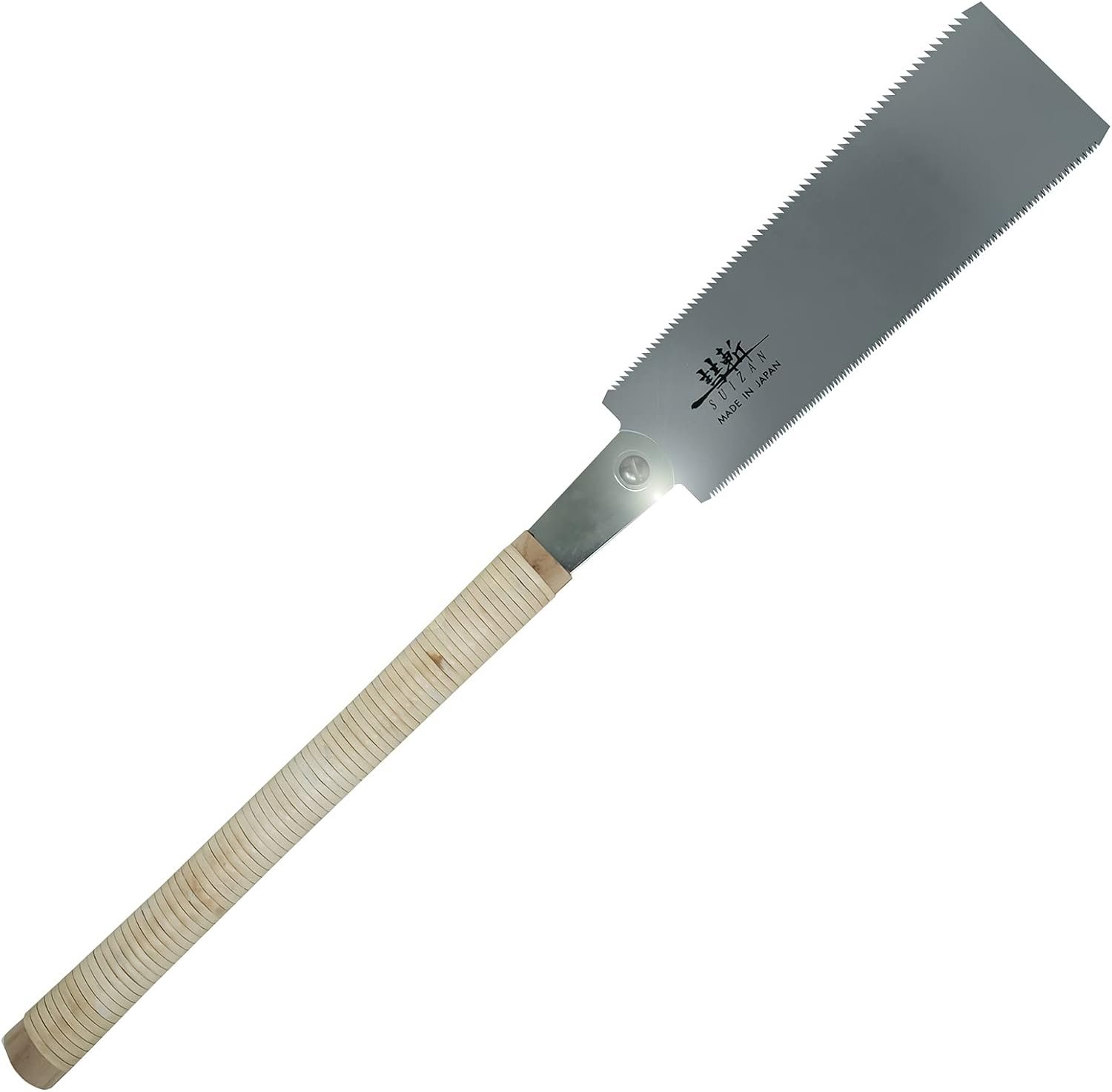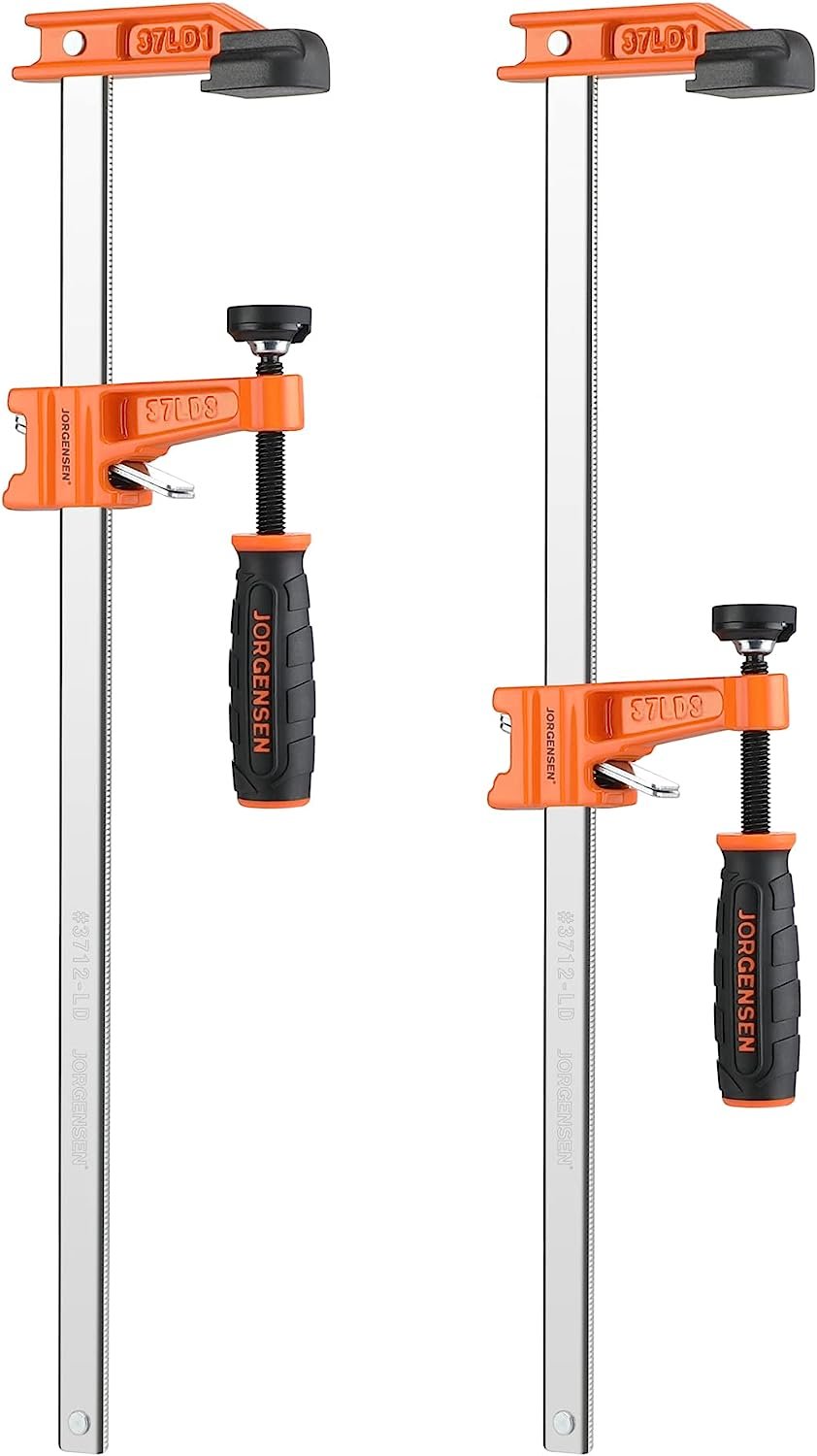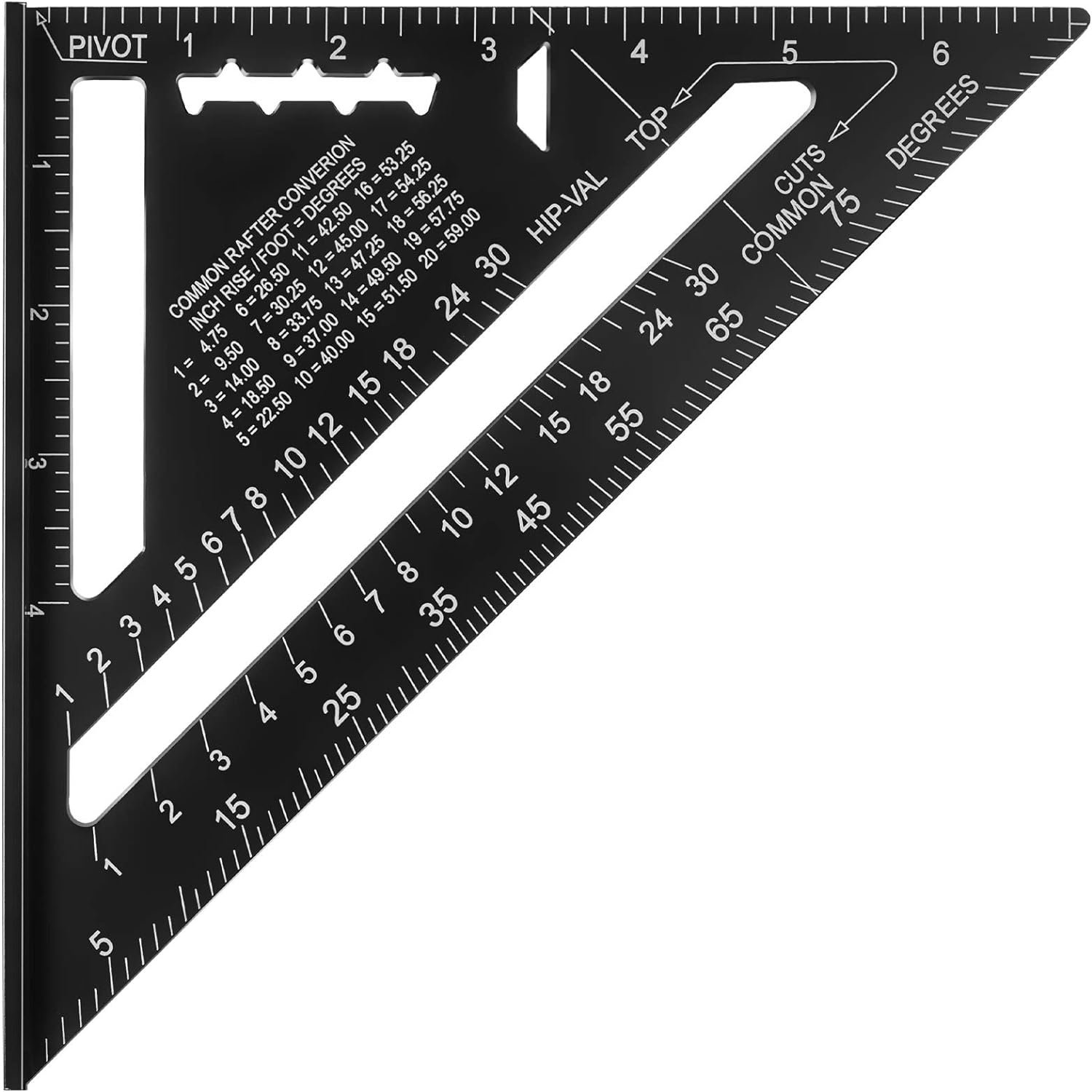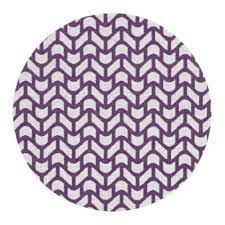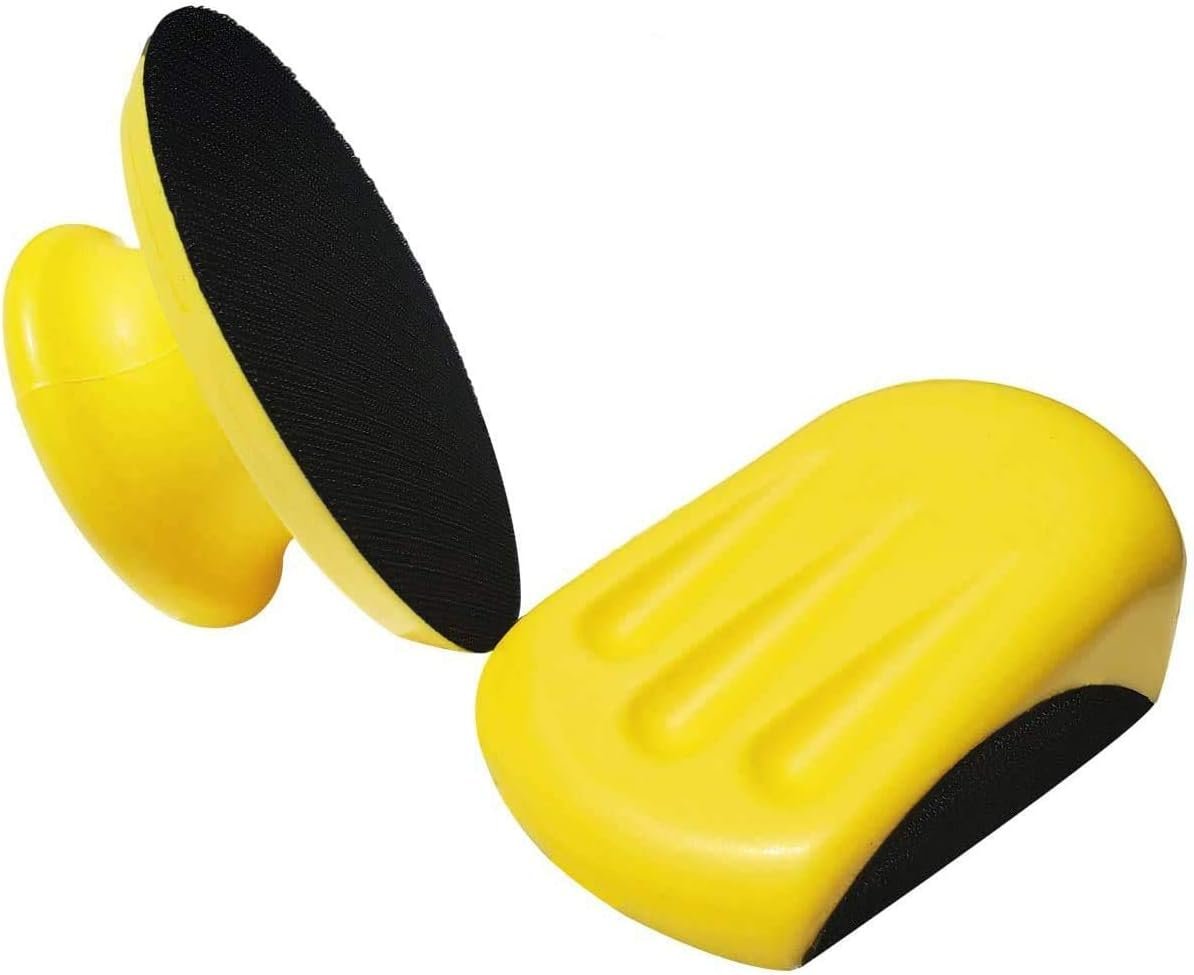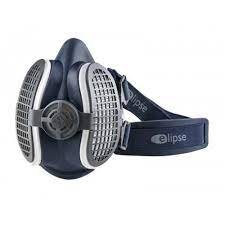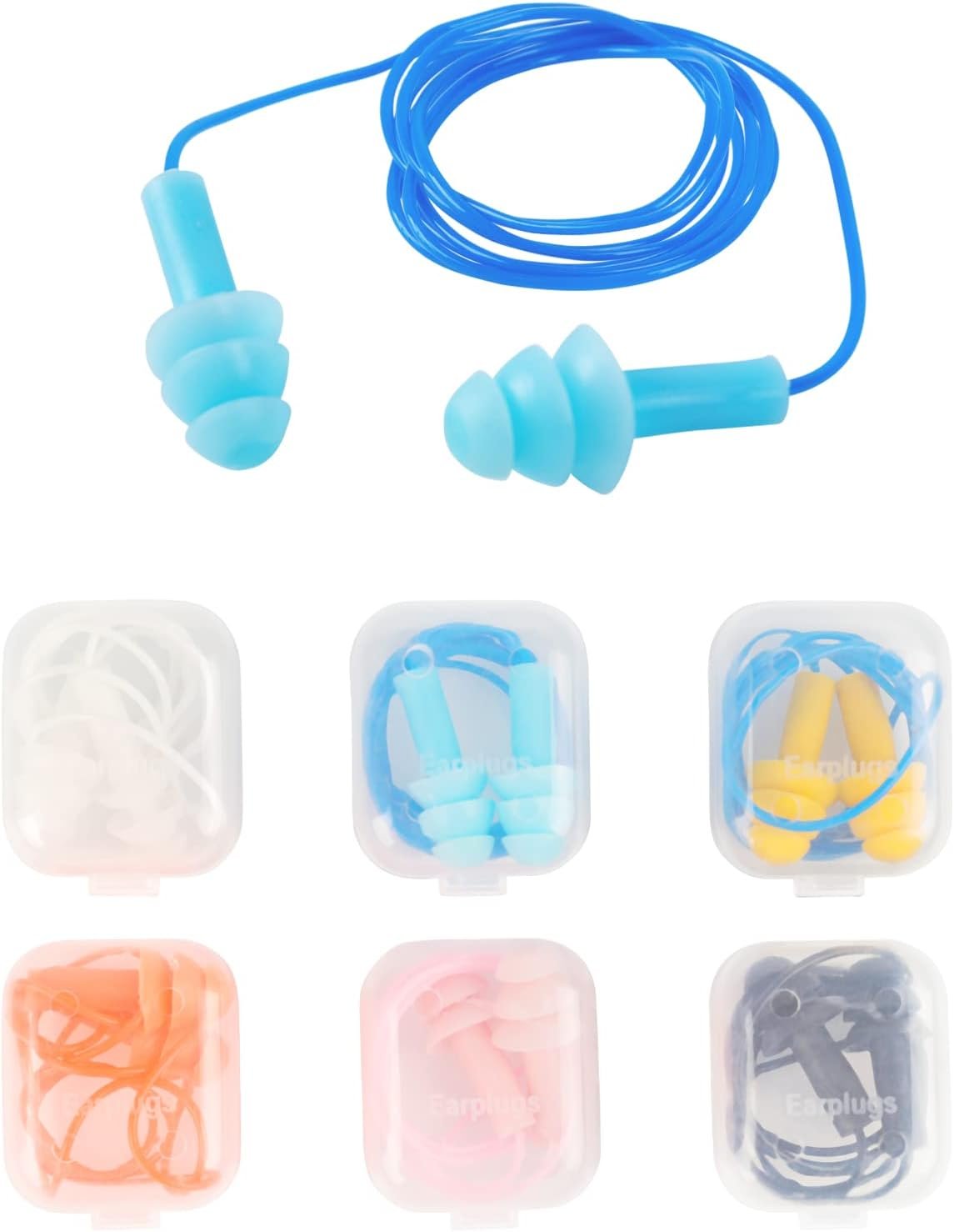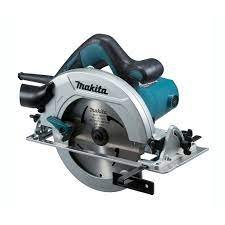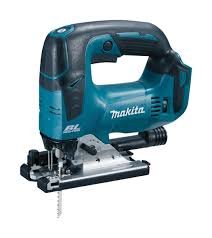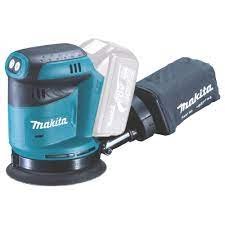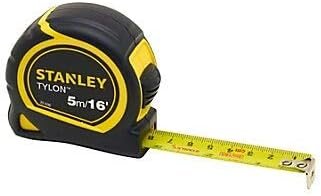The Beginner Tool Kit
As of today, this is a list of links to the tools that I think are the first that a beginner Woodworker needs just to get started. Then you can add as you go what you need for the next project.
Glue
Wood glue for the joints and CA glue for speedy fixing and mistakes.
All UK links are for products that I have used. US links are the closest I can find. They are recommendations made from my experience, yours may differ.
As an Amazon Associate I earn from qualifying purchases. It is a small income to the channel at no extra cost to the buyer.
General all purpose CA glue. Good viscosity for all jobs.
Pick the glue that suits. Brand and type. This is the one I use as it has a linger open time and it works for outdoors and food safe. The US link is the closest thing.
Cutting
Pick the one that will work best for your confidence and plans.
With one side for Cross-cutting and one for Rip-Cutting, this takes a little practise but does an immense job of efficient cutting and accuracy. Remember this type cuts on the pull stroke rather than the push like a more traditional western saw.
My Go-To clamps for most applications that need a better hold that a squeeze clamp. Tip - I buy 4 of these every Black Friday sale and just let the collection slowly grow.
Slightly lower clamping strength that the F style clamps but quick to use and great if you are moving them on and off a lot.
Pick the length you need. Perfect for panel glue ups and also as an additional long clamp. Quick Tip. Pop a well fitted length of timber through the middle of the length to give it additional strength.
Clamps
Start with a few of each and then build slowly.
In the first 10 tools any woodworker should buy. Versatile for marking, cutting and measuring. Its uses are more numerous to name but you definitely need one.
SQUARE
You will need to upgrade eventually but I guarantee you will still keep this around.
SANDING
Buy to your budget here. IT all removes wood. How it does it is dependent on the price.
There are a few different brands offering mesh style sand paper. I confess to having tried them all. I found Xtract and didn’t feel I needed to look further. It is great. Extraction and cutting .
These are inexpensive and ergonomic. They come in all sorts of shapes and sizes. Quick tip. have one for each grit, mark them up and save swapping out paper.
A Mask for cutting, sanding, routing and more. I use this for everything but fume releasing jobs like finishing. I have a different one for that. This one is comfortable and once fitted doesn’t mist up my glasses. Bonus.
My go to for routing mainly but I have also found it very good to wear with my die grinder. It gives me confidence with tools I am learning to use.
Cheap and Simple. Go for the more fancy ones if you need the extra functionality but have some of these on hand around all the noise equipment.
Personal Protective Equipment
Dont scrimp but also it doesnt have to break the bank.
The most versatile power tool I own. Pair it with a Kreg cross cut jig or a speed square and maximise its value.
A jigsaw takes a little practise and learning which setting works best for corners. But once you have it, it is surprisingly versatile.
Combine this with 3M Xtract sand paper and away you go. Low vibrations and a decent cutting power. IT can’t compete with corded but it is great for cordless.
All the benefits of the regular pica pencil but now available with a propelling lead. I opted for the H hard lead and now marking up has become a breeze.
You can spend hundreds on a custom marking knife or use a simple Stanley blade. I like this as a starter knife. With one flat edge it makes following the guide really easy.
Marking and Measuring
A simple pencil is enough but you will want one of these eventually.
Generally you dont need a tape measure longer than 5m tape in a workshop. This is a good allrounder.

